Description
The Unsung Hero of Chemistry: The Power of Platinum Catalysts
Platinum, the lustrous and valuable precious metal, is more than just jewelry and investment. It’s a powerful engine driving countless chemical reactions, silently working behind the scenes in industries ranging from automotive to pharmaceuticals. Platinum’s exceptional catalytic properties make it an indispensable tool for transforming raw materials into the products we use every day.
What Makes Platinum a Great Catalyst?
Catalysts are substances that accelerate chemical reactions without being consumed in the process. Platinum excels at this because of a unique combination of properties:
- High Activity: Platinum readily adsorbs (binds to its surface) and activates a wide range of molecules, making them more reactive. This interaction weakens existing bonds within the molecules, facilitating their transformation.
- Stability at High Temperatures: Many industrial processes require high temperatures. Platinum maintains its structural integrity and catalytic activity even under harsh conditions, unlike some other catalysts that degrade or decompose.
- Resistance to Corrosion: Platinum is remarkably resistant to corrosion and oxidation, ensuring its long-term performance and minimizing the need for frequent replacement.
- Versatility: Platinum can catalyze various types of reactions, including oxidation, reduction, hydrogenation, dehydrogenation, and isomerization.
Platinum Catalysts in Action:
The applications of platinum catalysts are vast and impact numerous industries:
- Automotive Industry: Perhaps the most well-known application is in catalytic converters in cars. Platinum, along with other precious metals like palladium and rhodium, transforms harmful pollutants like carbon monoxide, hydrocarbons, and nitrogen oxides into less harmful substances like carbon dioxide, water, and nitrogen. This vital function significantly reduces air pollution and contributes to cleaner environments.
- Chemical Industry: Platinum catalysts play a crucial role in the production of a wide array of chemicals, including:
- Nitric Acid: Used in fertilizers, explosives, and the production of polymers. Platinum gauze acts as a catalyst in the Ostwald process, oxidizing ammonia to produce nitric oxide, a key intermediate in nitric acid synthesis.
- Silicones: Used in sealants, adhesives, lubricants, and medical implants. Platinum catalysts are essential for the hydrosilylation reaction, which forms the silicon-carbon bonds that define silicone polymers.
- High-Octane Gasoline: Platinum catalysts are used in catalytic reforming processes in oil refineries to convert low-octane naphtha into high-octane gasoline components.
- Petroleum Refining: Besides catalytic reforming for gasoline production, platinum catalysts are also employed in hydrocracking and hydrotreating processes. These processes remove sulfur and other impurities from crude oil, producing cleaner fuels and reducing air pollution.
- Pharmaceutical Industry: Platinum-based catalysts are increasingly used in the synthesis of complex pharmaceutical molecules. Their high selectivity and efficiency allow chemists to create specific drug molecules with greater precision.
- Fuel Cells: Platinum is a crucial component of many types of fuel cells. It acts as a catalyst, facilitating the electrochemical reactions that convert fuels like hydrogen or methanol into electricity and water. Fuel cells hold immense promise for clean energy generation.
The Future of Platinum Catalysis:
Research and development efforts are continuously focused on improving platinum catalysts. This includes:
- Reducing Platinum Usage: Due to its cost and limited availability, researchers are exploring strategies to maximize the efficiency of platinum catalysts, minimizing the amount needed for each application. One approach involves creating highly dispersed platinum nanoparticles on support materials with high surface areas.
- Developing More Selective Catalysts: Enhancing the selectivity of platinum catalysts enables the production of desired products with higher yields, reducing waste and improving process efficiency.
- Exploring Alternatives: While platinum remains the gold standard for many catalytic reactions, researchers are also investigating alternative catalyst materials, such as non-precious metals and metal oxides, to reduce reliance on platinum.
Conclusion:
Platinum catalysts are indispensable tools in modern chemistry and industry. From cleaning up exhaust fumes to synthesizing life-saving drugs, their unique properties drive countless critical processes. While research is constantly evolving to improve efficiency and explore alternatives, platinum’s remarkable catalytic capabilities ensure its continued importance in shaping a more sustainable and technologically advanced future. As we strive for cleaner fuels, more efficient chemical processes, and innovative materials, the power of platinum catalysts will continue to play a vital, often unseen, role.


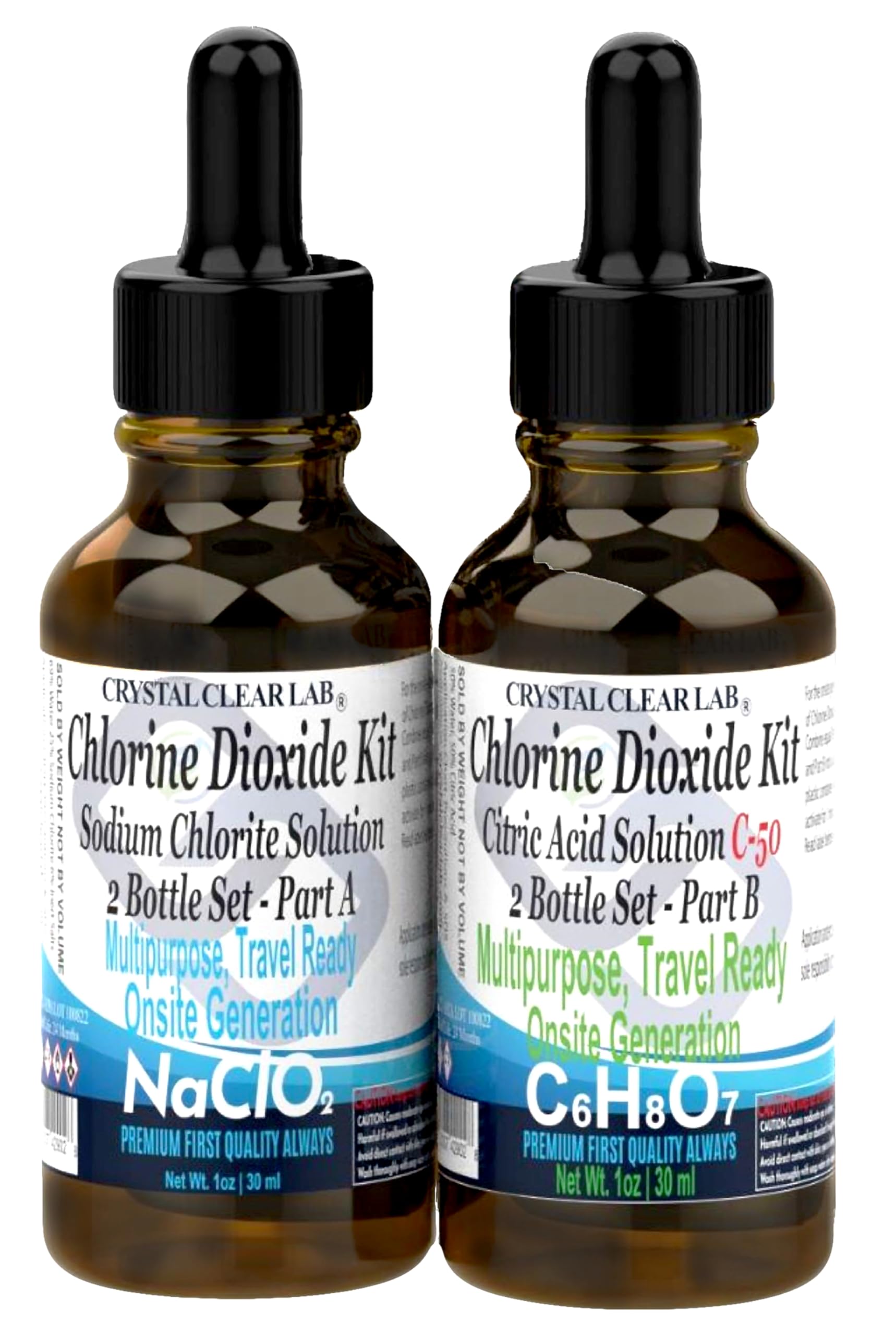



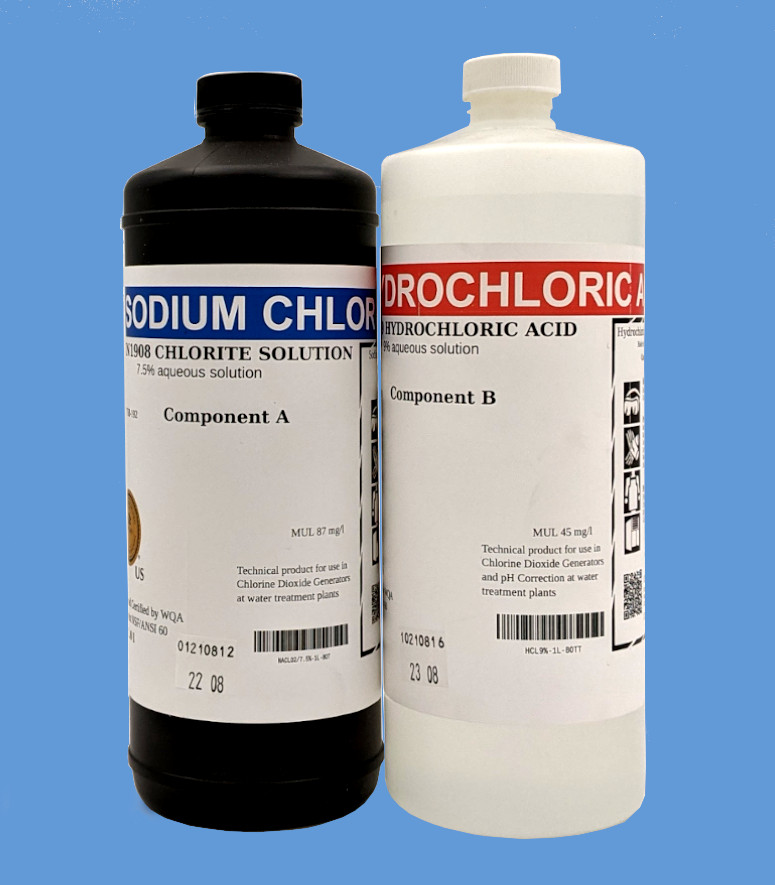


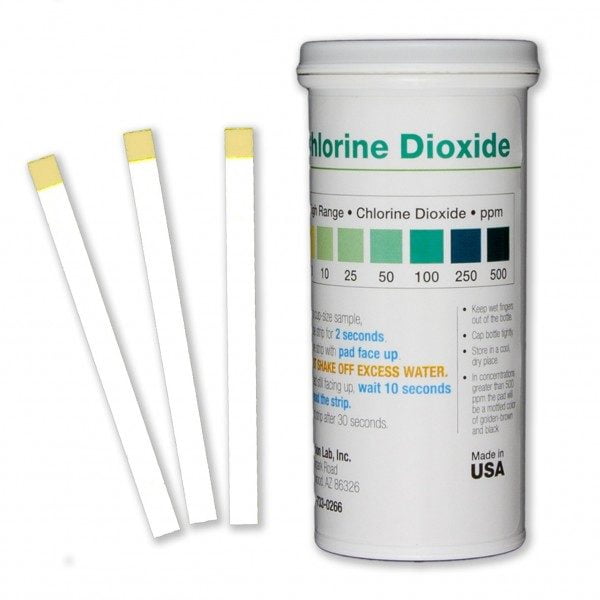

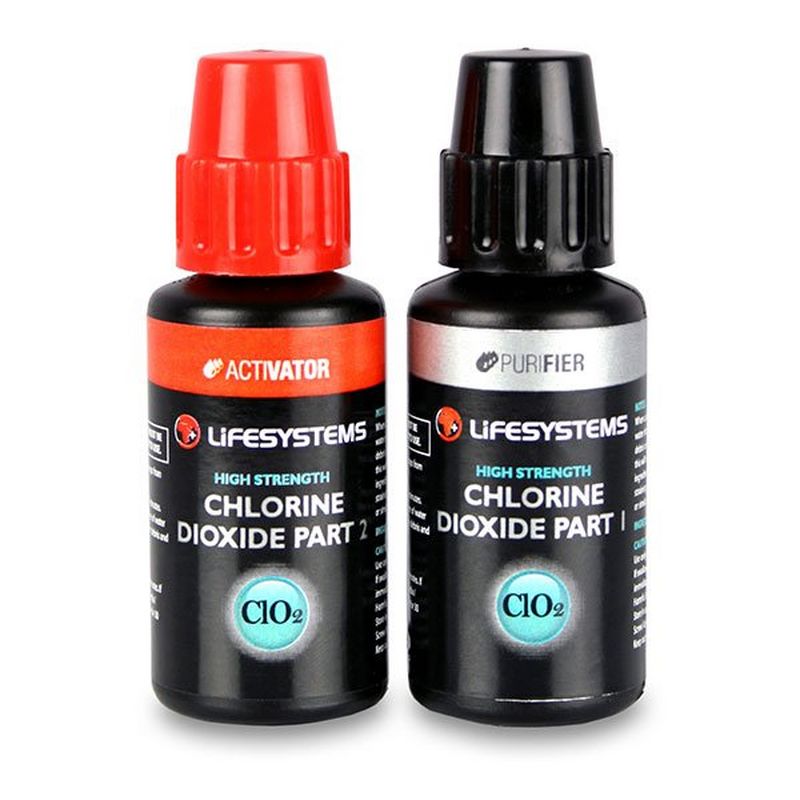

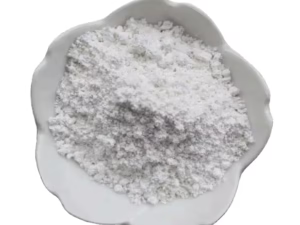
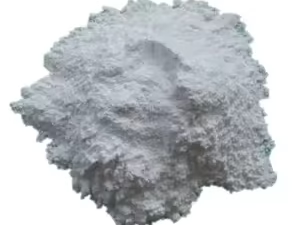

Reviews
There are no reviews yet.